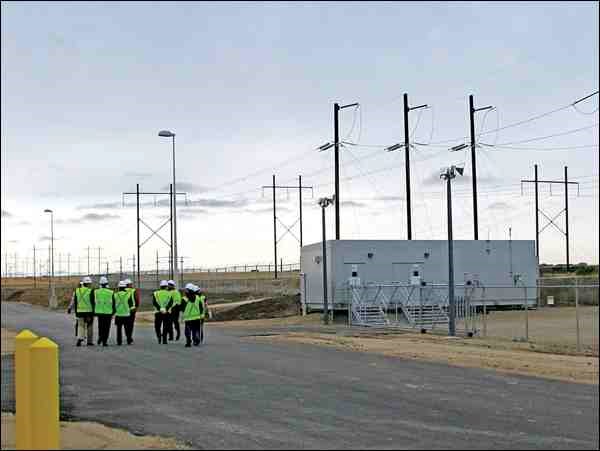Yesterday, SaskPower announced that its net metering program was drawing close to the 16-megwatt cap publicly announced in November 2018.
Today, SaskPower announced the resulting media coverage led to a significant rush in new applications – enough to reach the point where the application form has been removed from saskpower.com and trigger a planned, but early, review of the program.
SaskPower said yesterday in a release, “Due to unprecedented customer demand, SaskPower is expecting to reach the 16-megawatt (MW) capacity limit for the net metering program in the very near future, two years ahead of initial expectations.
“We have seen a dramatic increase in uptake in the program in recent weeks, driven in part by federal funding that applies to large net metering projects,” said Mike Marsh, SaskPower president and CEO. “Going forward we will be reviewing the program to ensure it remains financially sustainable and continues to meet the needs of our customers and our company.”
Since July 2019, the average size of applications into the net metering program has increased by 80 per cent.
In November 2018 SaskPower approved the program to accept applications until it reached a cap of 16 MW or until Nov. 30, 2021. Once that cap was reached, SaskPower said, it would suspend accepting new applications until a review was completed into how the net metering program could be offered in a fiscally sustainable manner.
SaskPower’s net metering program offers rebates for solar installations and premium credits for surplus power, making it among the most generous net metering programs in Canada, says the crown corporation.
Net metering allows customers to generate up to 100 kilowatts of power, typically solar, to decrease their monthly power bills and get credit for the excess power they generate.



